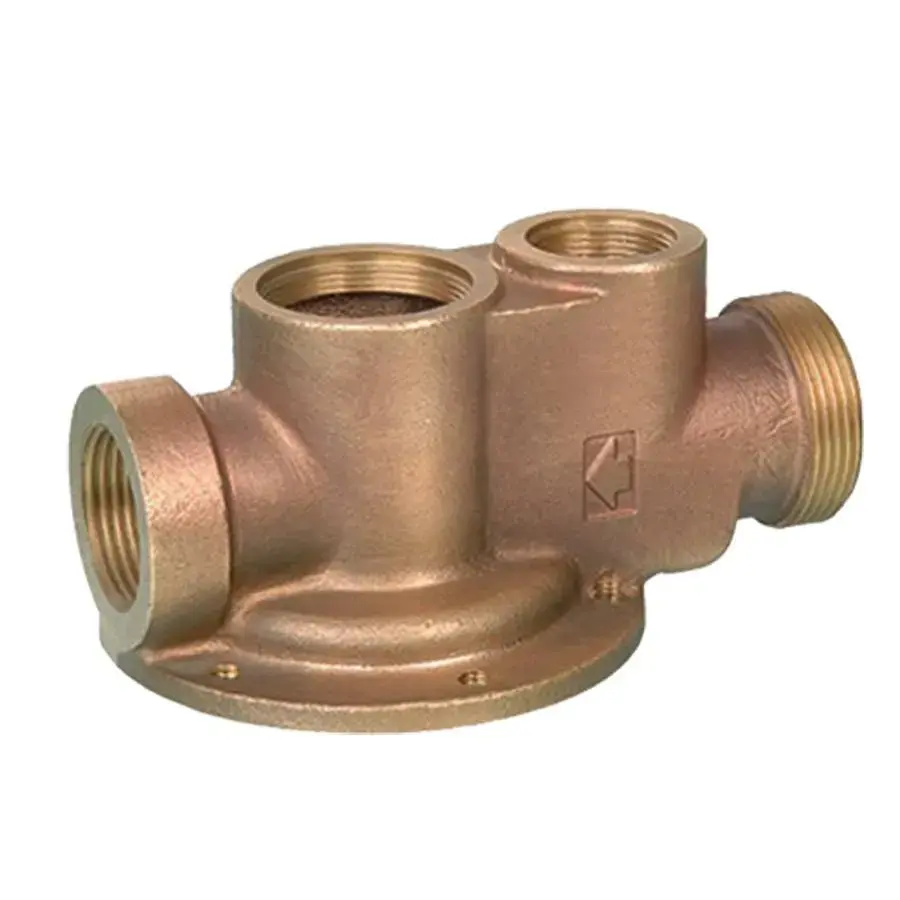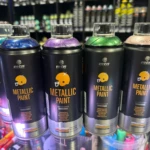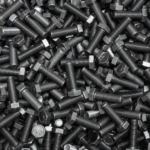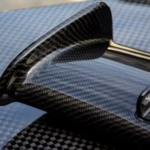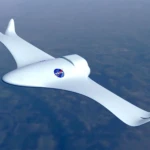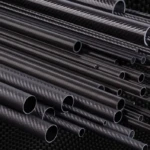Copper casting plays a vital role across various industries, from electronics and plumbing to marine engineering and artistic sculpture. Despite the broad spectrum of applications, copper alloys used for casting don’t fit into a strict classification but rather are chosen based on the demands of specific casting methods, desired material properties, and the end-use application. This article dives into the primary types of copper alloys utilized in casting, examining each alloy’s unique properties, uses, and suitability for different casting techniques.
Types of Copper Alloys for Casting
Copper alloys can be broadly divided into several categories, each tailored to meet specific industrial needs. Here are the main types:
1. Pure Copper (Electrolytic Copper)
Properties:
- High Conductivity: Pure copper is renowned for its exceptional electrical and thermal conductivity, making it ideal for electrical applications.
- Corrosion Resistance: Its resistance to corrosion allows it to withstand moisture and certain chemical exposures.
Applications: Pure copper is frequently used in applications where electrical conductivity is paramount, such as in electrical components, wiring, and connectors. Due to its antimicrobial properties and aesthetic appeal, it is also popular for plumbing fittings and decorative items.
Casting Considerations:
- Method: Pure copper is challenging to cast due to its high melting point and tendency to absorb gases. Therefore, casting techniques like continuous casting or centrifugal casting are often employed.
- Limitations: It is relatively soft compared to alloys, limiting its application in areas requiring high mechanical strength.
2. Brass (Copper-Zinc Alloy)
Properties:
- Corrosion Resistance: Brass has good resistance to corrosion, especially in water environments, making it ideal for plumbing and marine applications.
- Machinability: The alloy’s properties allow it to be cast into complex shapes, and it is easy to machine, which adds versatility in manufacturing.
Applications: Brass is widely used for plumbing fixtures, gears, valves, musical instruments, and decorative elements. The alloy’s range of zinc content allows manufacturers to adjust its strength, hardness, and ductility, making brass one of the most versatile copper alloys.
Casting Considerations:
- Method: Brass can be cast using a variety of methods, including sand casting and die casting, both of which allow for intricate detailing.
- Limitations: While versatile, brass has moderate strength and lower thermal and electrical conductivity than pure copper.
3. Bronze (Copper-Tin Alloy and Other Variants)
Properties:
- High Strength and Durability: Bronze is noted for its strength and wear resistance, which makes it ideal for high-load applications.
- Corrosion Resistance: Often more corrosion-resistant than brass, particularly in marine environments, bronze also has an attractive patina that makes it suitable for art.
Applications: Traditionally, bronze has been used in bearings, bushings, sculptures, and gears. Today, bronzes often include additional elements like aluminum, silicon, or manganese to enhance properties for specific industrial needs.
Casting Considerations:
- Method: Due to its superior fluidity, bronze is commonly cast using sand casting, die casting, and centrifugal casting.
- Limitations: Bronzes with high lead content may not be suitable for potable water applications due to health concerns.
4. Copper-Nickel Alloys
Properties:
- Excellent Corrosion Resistance: Copper-nickel alloys offer exceptional resistance to saltwater corrosion, making them invaluable in marine environments.
- Strength and Durability: These alloys are also known for their strength and ability to withstand high-stress conditions.
Applications: Copper-nickel alloys are frequently used in shipbuilding, desalination plants, and for equipment that comes into direct contact with seawater. Their durability and corrosion resistance make them ideal for harsh environments.
Casting Considerations:
- Method: Copper-nickel alloys can be cast using centrifugal and sand casting, methods that suit their composition and intended application.
- Limitations: They tend to be more costly than other copper alloys due to the high price of nickel.
5. Copper-Beryllium Alloys
Properties:
- High Strength and Hardness: Copper-beryllium alloys are known for their high mechanical strength, hardness, and durability.
- Good Conductivity: They maintain relatively high electrical conductivity, which makes them valuable for high-performance electrical applications.
Applications: Copper-beryllium is used in electrical connectors, switches, and components that demand both high conductivity and strength. The alloy is also found in precision tools, molds, and aerospace components due to its superior durability.
Casting Considerations:
- Method: Precision casting methods, such as die casting and investment casting, are often used for copper-beryllium to ensure detail and structural integrity.
- Limitations: Handling this alloy requires safety precautions due to the toxicity of beryllium dust when machining.
6. Specialty Copper Alloys
These alloys are designed for unique applications and often contain elements like phosphorus, silicon, or manganese to enhance specific properties:
- Phosphor Bronze: Contains tin and a small amount of phosphorus, offering high strength and fatigue resistance, often used in springs, fasteners, and electrical connectors.
- Silicon Bronze: Known for its ease of casting, corrosion resistance, and strength, commonly used in marine hardware and artistic casting.
- Aluminum Bronze: Known for its high strength, corrosion resistance, and ability to withstand high temperatures, often used in heavy industrial applications.
Casting Considerations: Specialty alloys are typically cast using methods like sand casting, continuous casting, and die casting, depending on the intended application. These alloys are selected based on the specific mechanical, chemical, or thermal requirements of the final product.
Key Factors in Choosing Copper Alloys for Casting
Choosing the right copper alloy for casting requires a comprehensive assessment of the intended application, casting method, and desired material properties. Here are key considerations:
- Mechanical Properties: Hardness, tensile strength, and fatigue resistance are critical for structural components.
- Corrosion Resistance: For applications exposed to moisture or chemicals, corrosion-resistant alloys like bronze or copper-nickel are ideal.
- Electrical and Thermal Conductivity: Pure copper or copper-beryllium alloys are suitable for electrical components.
- Casting Method: The alloy must be compatible with the selected casting technique, as methods like sand casting, die casting, and centrifugal casting have different material requirements.
- Cost: The addition of elements like beryllium or nickel increases the cost, which must be balanced against performance needs.
Common Casting Methods for Copper Alloys
1. Sand Casting
A versatile casting method ideal for both large and complex shapes, often used for brass and bronze due to their flow characteristics.
2. Die Casting
A high-precision casting technique used for small to medium-sized components, suitable for alloys like brass, copper-beryllium, and phosphor bronze.
3. Centrifugal Casting
Ideal for casting hollow cylindrical parts and for copper alloys that require high strength, such as bronze and copper-nickel alloys.
4. Continuous Casting
Primarily used for producing long products, like rods and tubes, continuous casting is compatible with pure copper and certain bronzes.
Conclusion
Selecting the appropriate copper alloy for casting requires a balance of properties tailored to the casting method and the application’s demands. Pure copper, brass, bronze, copper-nickel, and specialty alloys each offer unique properties that meet diverse industrial needs, from electrical conductivity and corrosion resistance to machinability and durability. By understanding these alloys’ characteristics, casting professionals can choose the ideal material to ensure optimal performance and cost-effectiveness in their projects.
